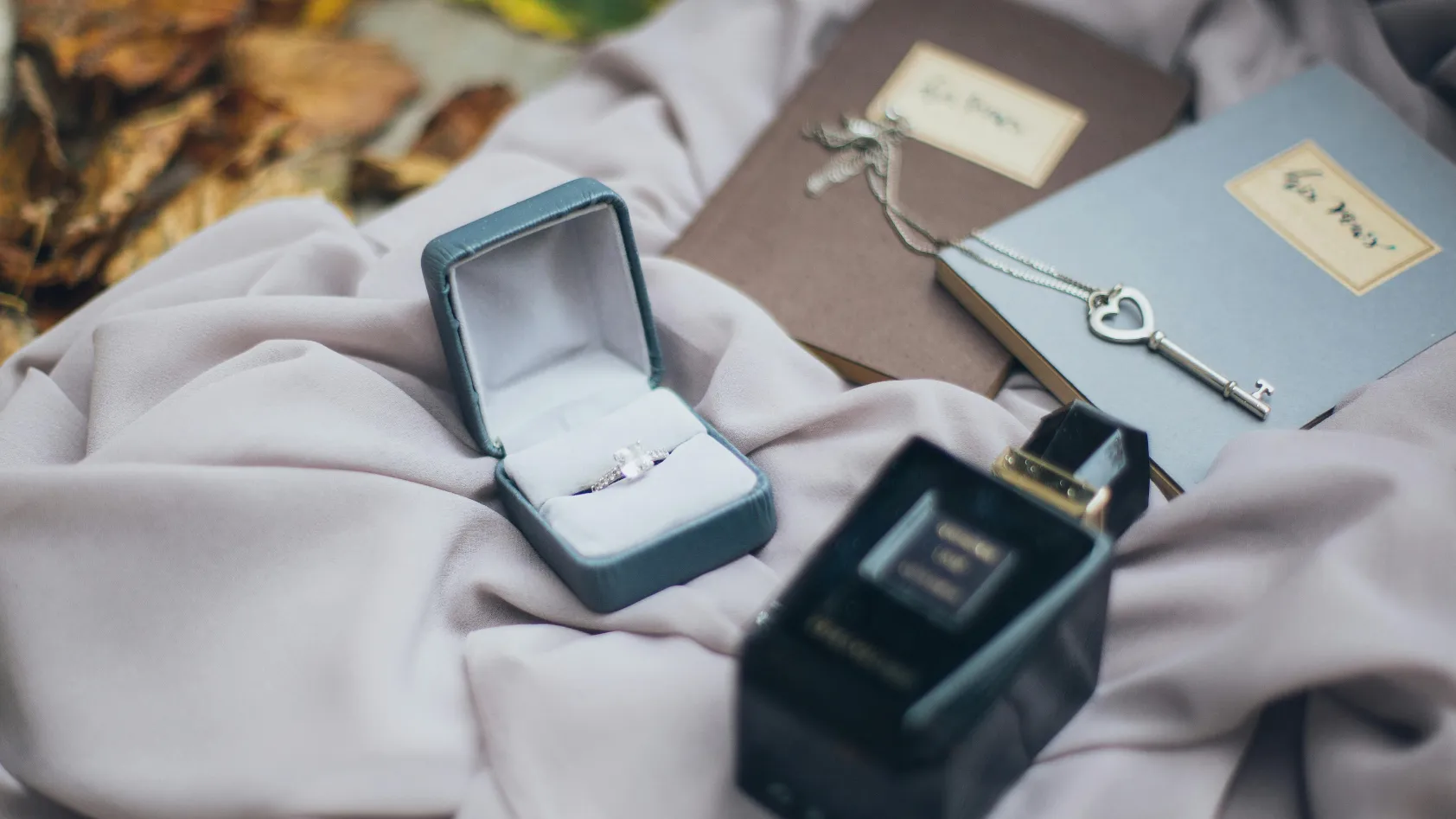
Top 10 Jewelry Packaging Trends 2024
2024-10-10
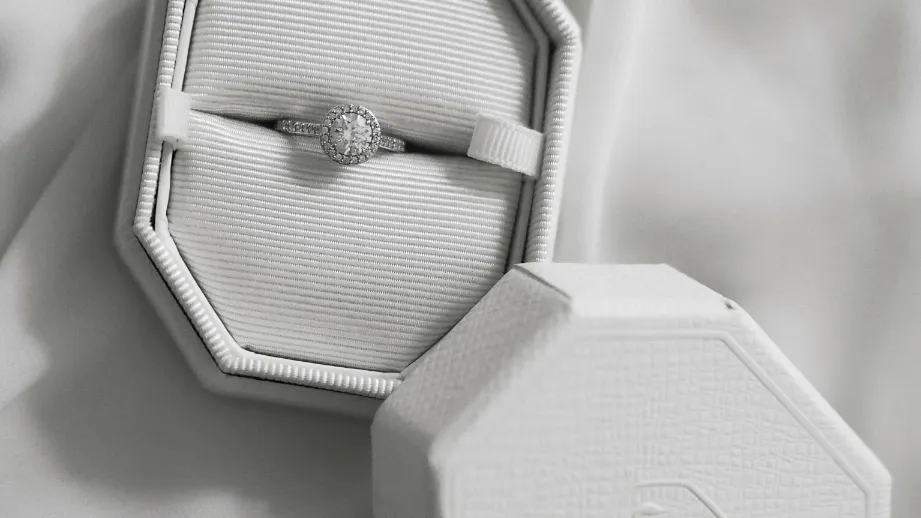
How much do you know specifically about jewellery box inserts? Jewellery box ring inserts create a neat and harmonious home by dividing the rings into straight slots, while jewellery box inserts for Bracelets allow bracelets to lie comfortably in their comfortable space. Different jewellery corresponds to their own exclusive inserts, and common inserts are mainly divided into rigid and flexible inserts. Rigid inserts have fixed specific spaces and are very stable, while flexible inserts can randomly arrange spaces and have a lot of freedom. There is no superiority between the two jewellery box inserts. But there is always one that suits you. In this article, we will explore the significance of jewellery box inserts for jewellery packaging by delving into the two main characteristics of rigid and flexible inserts.
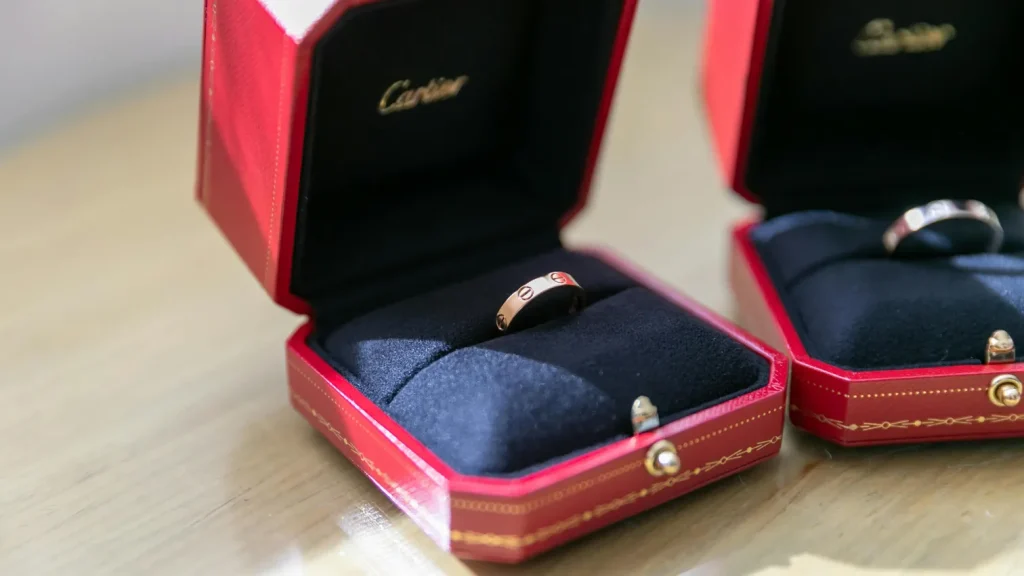
Common rigid inserts include polypropylene (PP) and polyethylene (PE) plastics with high strength and hardness. They can be made into various shapes and sizes of inserts through injection molding and other processes. Accurately adapting to the shape of jewellery. There are also corrugated cardboard or hard cardboard that have undergone special treatment. Corrugated cardboard is composed of multiple layers of paper, and the wavy structure in the middle gives it good cushioning performance and load-bearing capacity; Hardboard has a higher density and a smooth surface, making it suitable for printing and producing fine structures.
For rings with gemstones embedded, rigid inserts can ensure that the ring of the ring will not deform due to external forces, and the gemstones will not loosen or fall off. During transportation, even if subjected to a certain degree of compression or vibration, rigid inserts can resist external forces with their own strength, protecting jewellery from damage.
There are also many types of flexible inserts. For example, sponges with good flexibility and elasticity.
Flexible inserts can absorb and disperse external impact forces through their own deformation, providing cushioning and shock absorption. Flexible inserts can be fitted and wrapped according to the shape of the jewellery, providing comprehensive protection. Whether it is round, square, or irregularly shaped jewellery, flexible materials can tightly adhere to its surface, reducing the contact area between the jewellery and external objects, and lowering the risk of friction and collision.
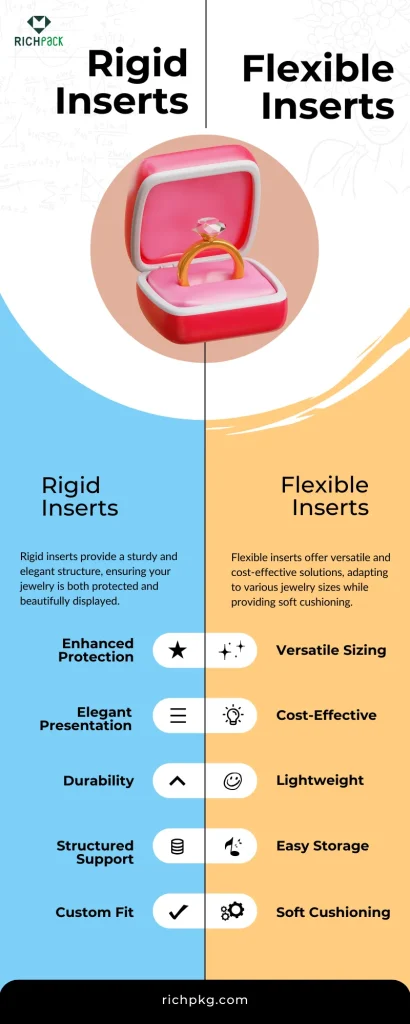
We already know the types and material characteristics of rigid inserts and flexible inserts. So, what are their specific differences? What are the specific differences in providing safety, size customization, and cost control for jewellery packaging?
For fragile jewellery, such as handmade glass bead necklaces or crystal jewellery that is prone to collision during friction, as well as rings with multiple gemstones, the cushioning effect of jewellery box inserts is particularly important. Taking customized plastic or cardboard molds as an example, they can firmly protect the shape of jewellery during transportation and storage, acting like steel guards to resist external pressure and prevent jewellery from deforming due to external pressure, creating an exclusive safe house. In the structural design of jewellery boxes, rigid inserts are usually tightly fitted with the box to form a stable support frame.
Flexible inserts are like a gentle embrace, cleverly absorbing and dispersing impact force through their own elastic deformation. For fragile jewellery such as glass bead necklaces or ceramic ornaments, this cushioning effect is undoubtedly crucial, as if putting a soft layer of protective clothing on them. Alternatively, a soft cushion layer can be placed inside the box to allow the jewellery to comfortably lie down while receiving effective protection. However in the design process, it is necessary to consider the deformation characteristics of flexible materials, reserve space reasonably, and avoid affecting the protection effect due to excessive material deformation.
For a specific size of gemstone or ring, a rigid ring insert needs to be precisely crafted into a shape that perfectly matches the inner and outer diameters of the ring in order to effectively secure the ring. Due to its lack of elastic space for mobile jewellery box inserts, it cannot adapt to the size changes of jewellery like flexible inserts. A customized rigid plastic tray insert for a uniquely shaped jewellery ornament may require the production of a mould, which involves high design and manufacturing costs and a longer customization cycle. Flexible inserts have good flexibility and can adapt to jewellery of various sizes and shapes. Flexible inserts provide more possibilities for jewellery storage through simple cutting, folding, or wrapping operations.
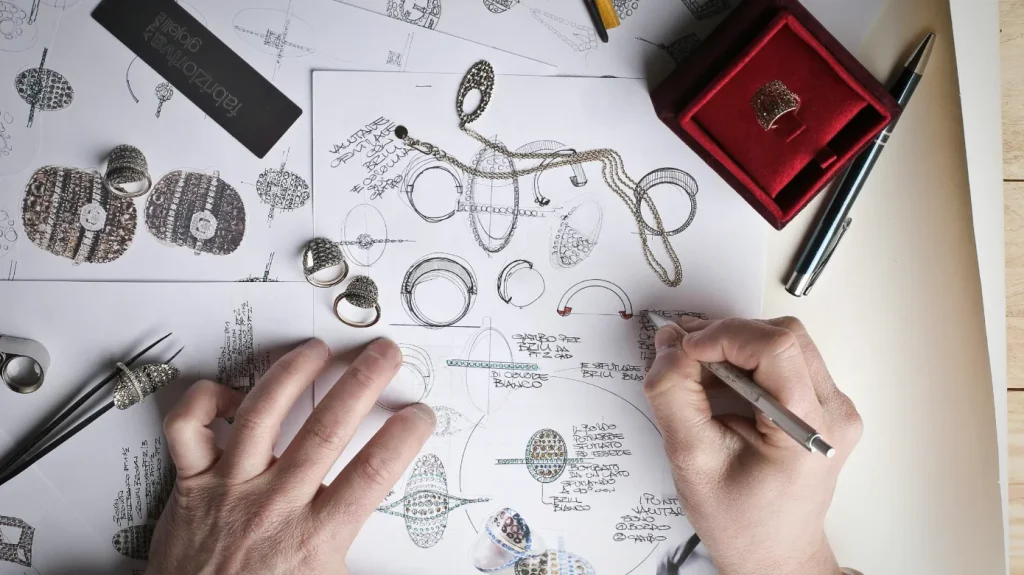
In the customization process, if the size is inaccurate or the jewellery style changes, the rigid insert may be discarded due to inability to fit, resulting in material waste. This requires complex verification of the design draft and timely follow-up communication to solve. However, for standardized and mass-produced rigid inserts, due to the precision of the mold and the advantages of mass production, the material utilization rate is relatively high, which can reduce the unit cost to a certain extent.
Generally speaking, the production and processing costs of flexible materials such as sponge, foam rubber, flannelette, etc. are relatively low. Because these materials come from a wide range of sources and the production process is relatively simple, the price is relatively affordable. If you are a small jewellery bushing, you can choose this type of packaging during the start-up period. For example, the price of ordinary polyester sponge inserts is much lower than customized plastic inserts of the same size.
In this step, we will teach you how to choose the most suitable jewellery box insert for your jewellery. We have to consider the troubles and transportation environment during the transportation process. To balance the beauty and practicality of jewellery packaging here , we will help you find jewellery boxes with customized jewellery box inserts that represent market trends and design innovations. We must let you know clearly that by choosing the right insert, the jewellery can be stable and beautiful during transportation and display, and can keep up with the market and have that innovative taste.
There are a few key points to keep in mind when it comes to shipping jewellery. Long distances, frequent handling, and temperature changes are all important factors in the shipping context. Speaking of which, the material of the insert is very important. You should prioritize materials that provide good cushioning and protection, such as soft velvet, foam, or airbags. Why? Because the insert must firmly secure the jewellery and prevent it from moving or bumping during transportation, so as to reduce the risk of damage.
On the other hand, it is very important to choose an insert material that matches the style of the jewellery and the brand image. If you customize your jewellery box with us at Richpack, you can choose materials such as velvet, silk, or imitation leather. And the color and design of the insert must be coordinated with the box and the jewellery to create a unified brand image. Think about how great it is to customize the insert design, such as adding a brand logo or other personalized elements to make the packaging more unique and personalized. For example, designing a detachable and adjustable multifunctional insert that can accommodate jewellery of different types and sizes, and can be combined and adjusted as needed, can greatly improve the flexibility and practicality of packaging. We who work in jewellery packaging must understand these tricks and give customers the best solution to ensure that the jewellery is beautiful during transportation and display.
People are increasingly valuing the emotional value brought by high-quality packaging, and jewellery box inserts are also a tool to enhance the perceived value of jewellery packaging.
In addition, unconventional shapes and multifunctional packaging designs continue to emerge. For example, foldable and foldable packaging solutions have attracted attention due to their space-saving advantages during transportation and storage. Sustainability is also one of the emerging and enduring trends. In addition, if you want to delve deeper into the selection of packaging solutions for environmentally friendly materials, you can further read this article.
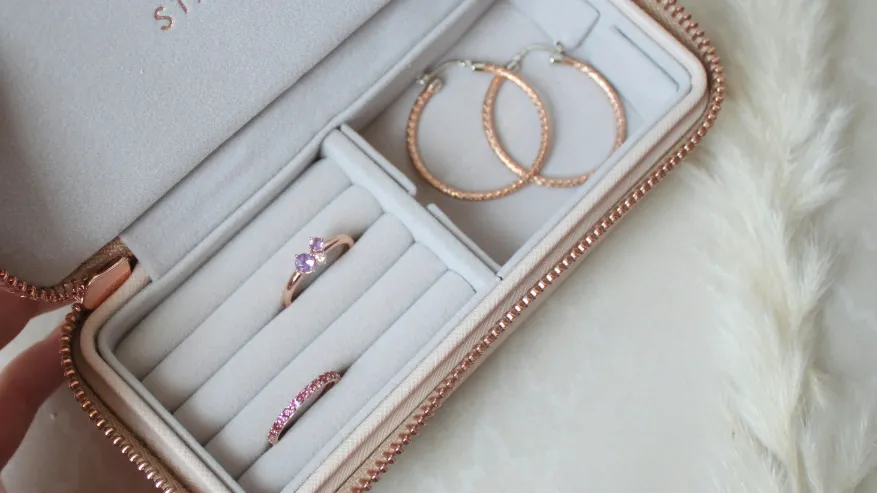
In a 2018 survey, product packaging design influenced 72% of American consumers’ purchasing decisions, while 67% stated that packaging materials had an impact. The importance of packaging details can be seen, even seemingly insignificant jewellery box inserts can affect whether consumers choose your jewellery brand. If you have more choices about jewellery packaging, you can click here to contact us. With our expertise and patience, we believe that we will always be experts in the jewellery packaging industry and your preferred packaging partner. Click here to explore more interesting jewellery packaging solutions with us!

As a professional jewellery packaging supplier with 16 years of experience, Richpack has been exploring ways to perfectly blend innovative design with sustainability. We believe that understanding and using eco-friendly packaging terms is essential not just for our team and customers, but for the entire jewellery industry. This glossary contains core terms and concepts related to sustainability in the jewellery packaging… Continue reading Jewellery Packaging with Rigid vs. Flexible Inserts: Which Provides Better Protection During Transit?
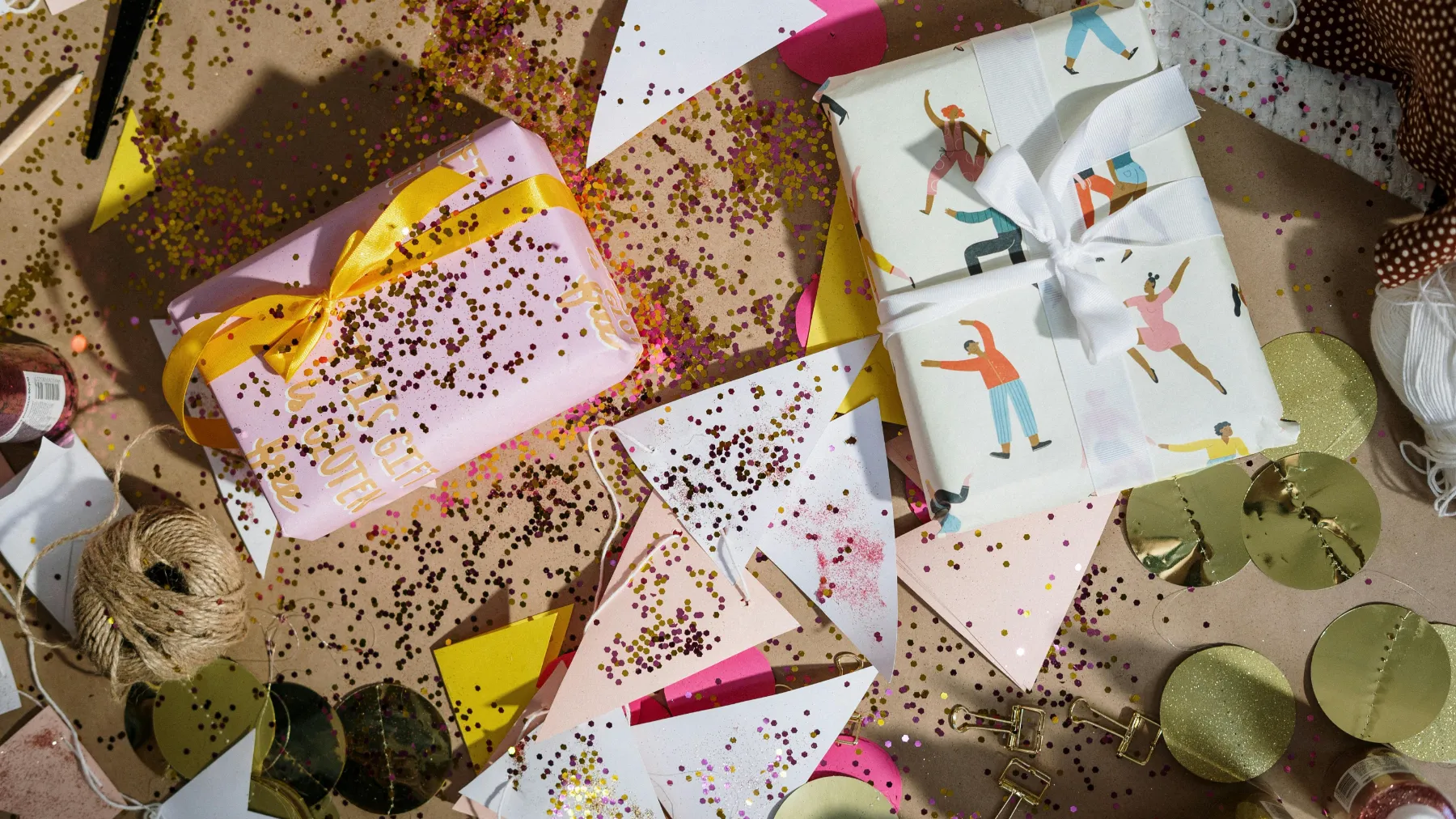
For jewellery designers and packaging manufacturers, creating custom jewelry packaging for special occasions like weddings, anniversaries, and milestone celebrations is a simple thing. The most important emotional value is enhancing a moment. Exquisite craftsmanship and a deep understanding of emotions, all are essential elements. Making the packaging as beautiful as the story it holds. Whether a… Continue reading Jewellery Packaging with Rigid vs. Flexible Inserts: Which Provides Better Protection During Transit?
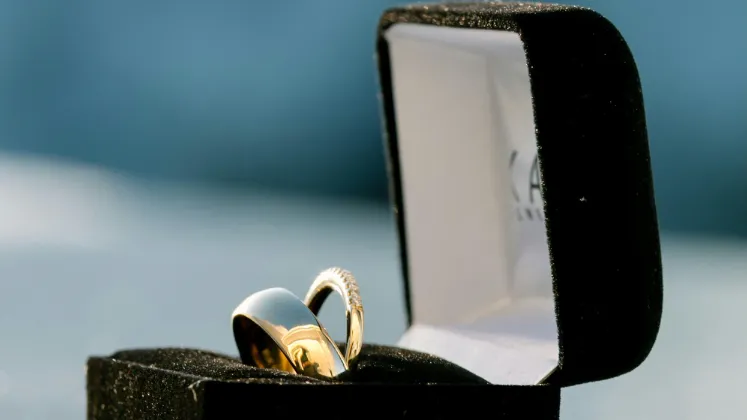
Magnetic closure and swing hook clasp are two common types of closure mechanisms. What is the right closure to choose that truly provides the reliability brands and consumers seek? This is also the problem faced by many jewellery brands. Today, we will compare the advantages and disadvantages of these two closure mechanisms of custom magnetic boxes to help… Continue reading Jewellery Packaging with Rigid vs. Flexible Inserts: Which Provides Better Protection During Transit?
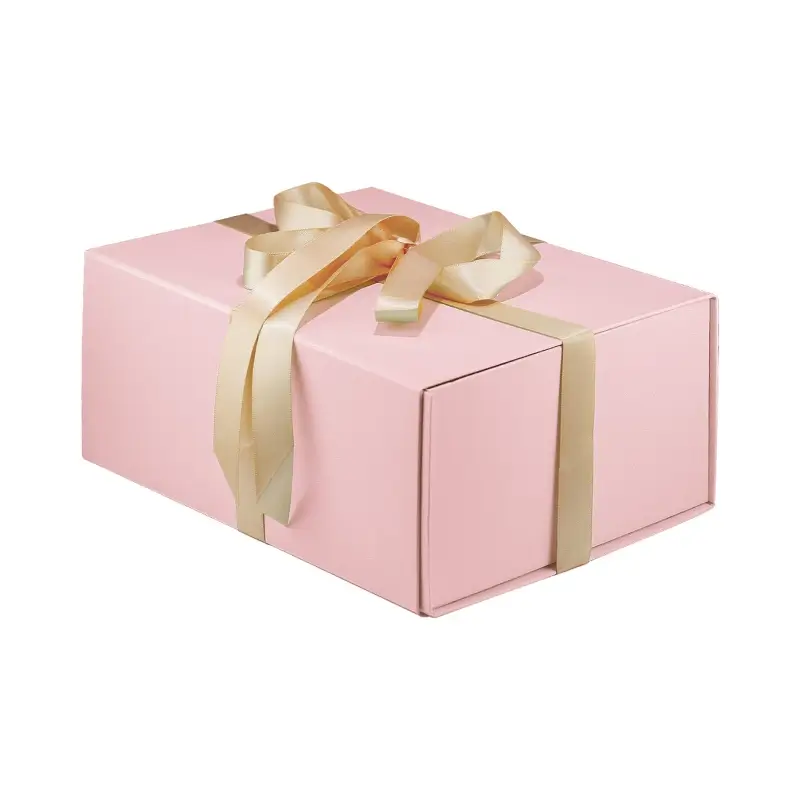
Durable Magnetic Closure Rigid Boxes with Silk Inserts for Premium Gifts | Tailored for Luxury Brands Seeking High-End Presentation for Corporate Gifting
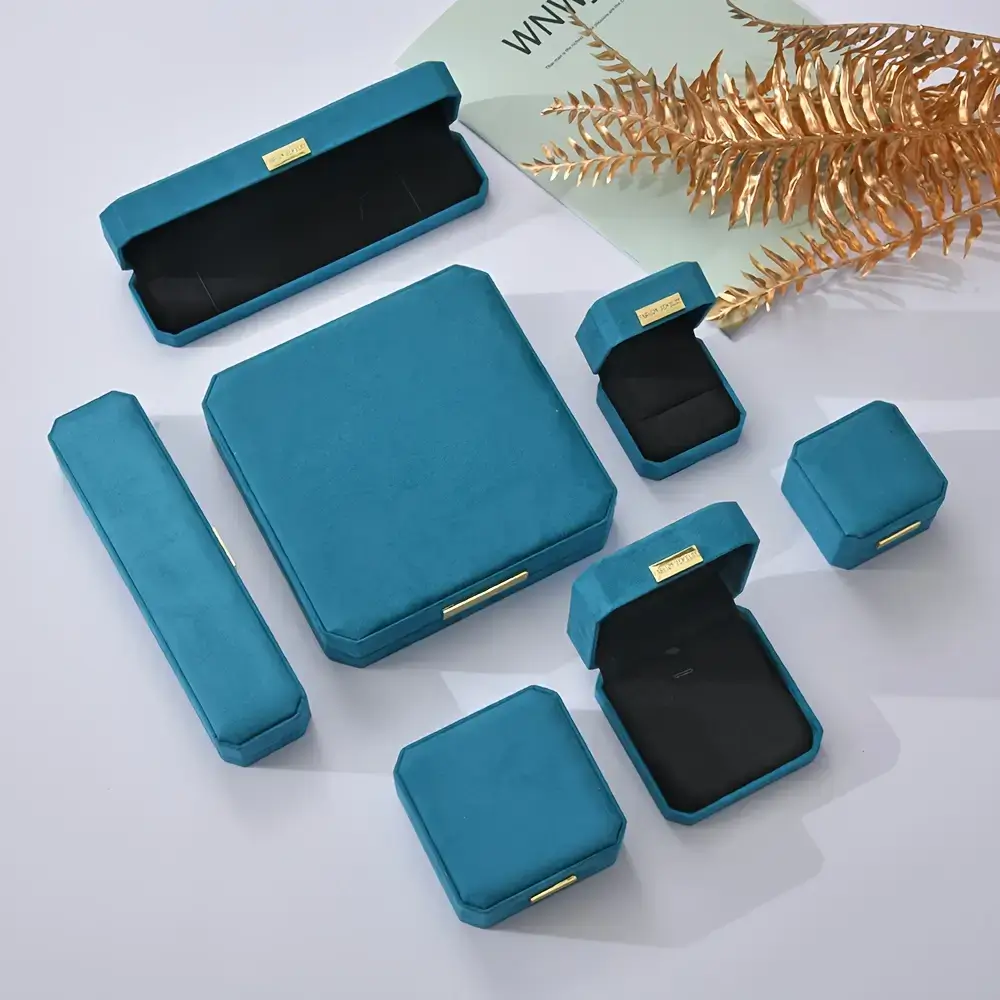
Customized Paper Drawer Box Jewelry packaging bags Ring Earrings Necklace Bracelet Gift Jewelry Packaging Boxes With Handle

High-Quality and Innovative Reusable Jewelry Packaging Sets with Eco-Friendly Designs | Sustainable and Customizable Packaging Solutions
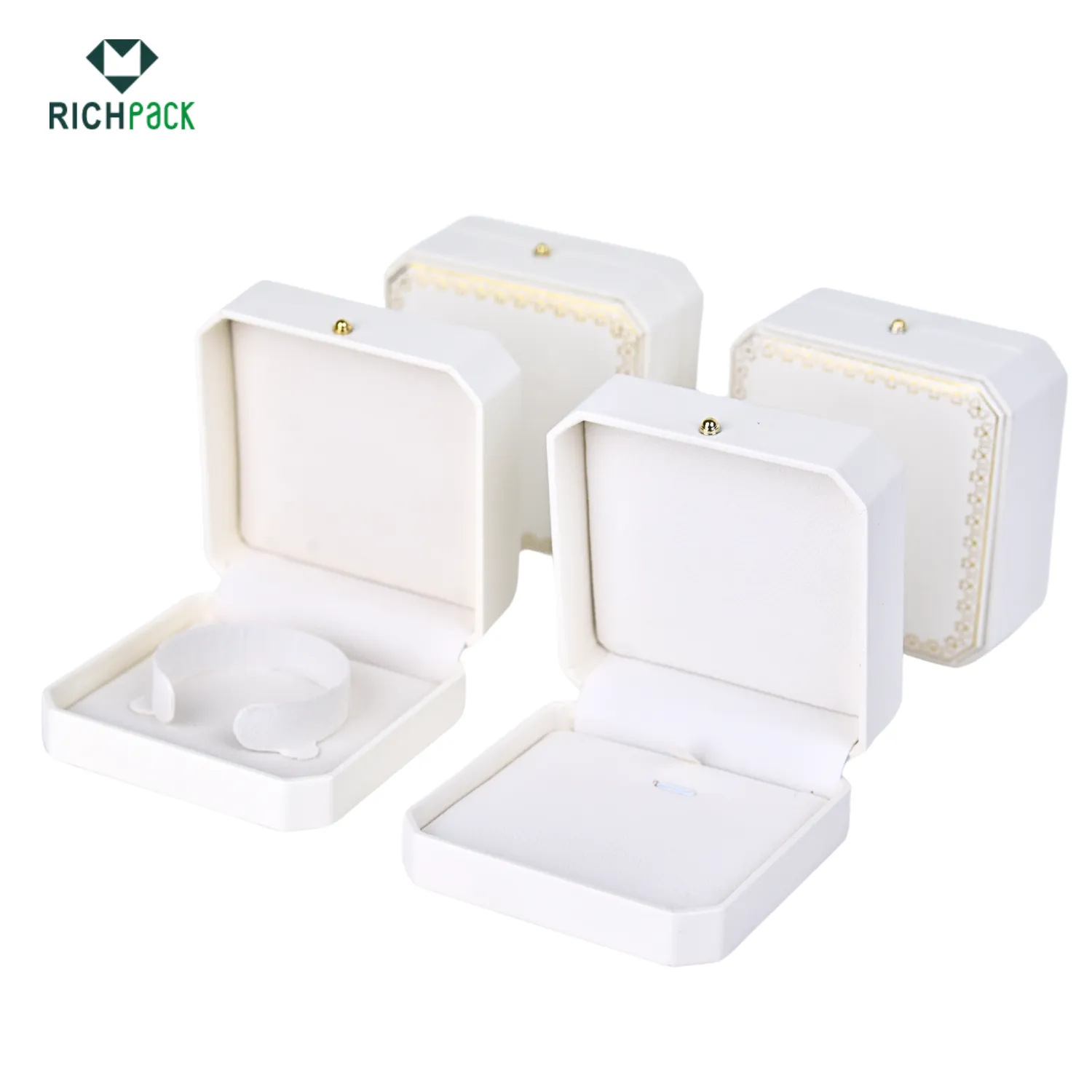
Elegant Jewelry Dresser and Jewelry Box Armoires for Organized Storage – Stylish Jewelry Dresser Chest and Jewelry Tower with Drawers
View More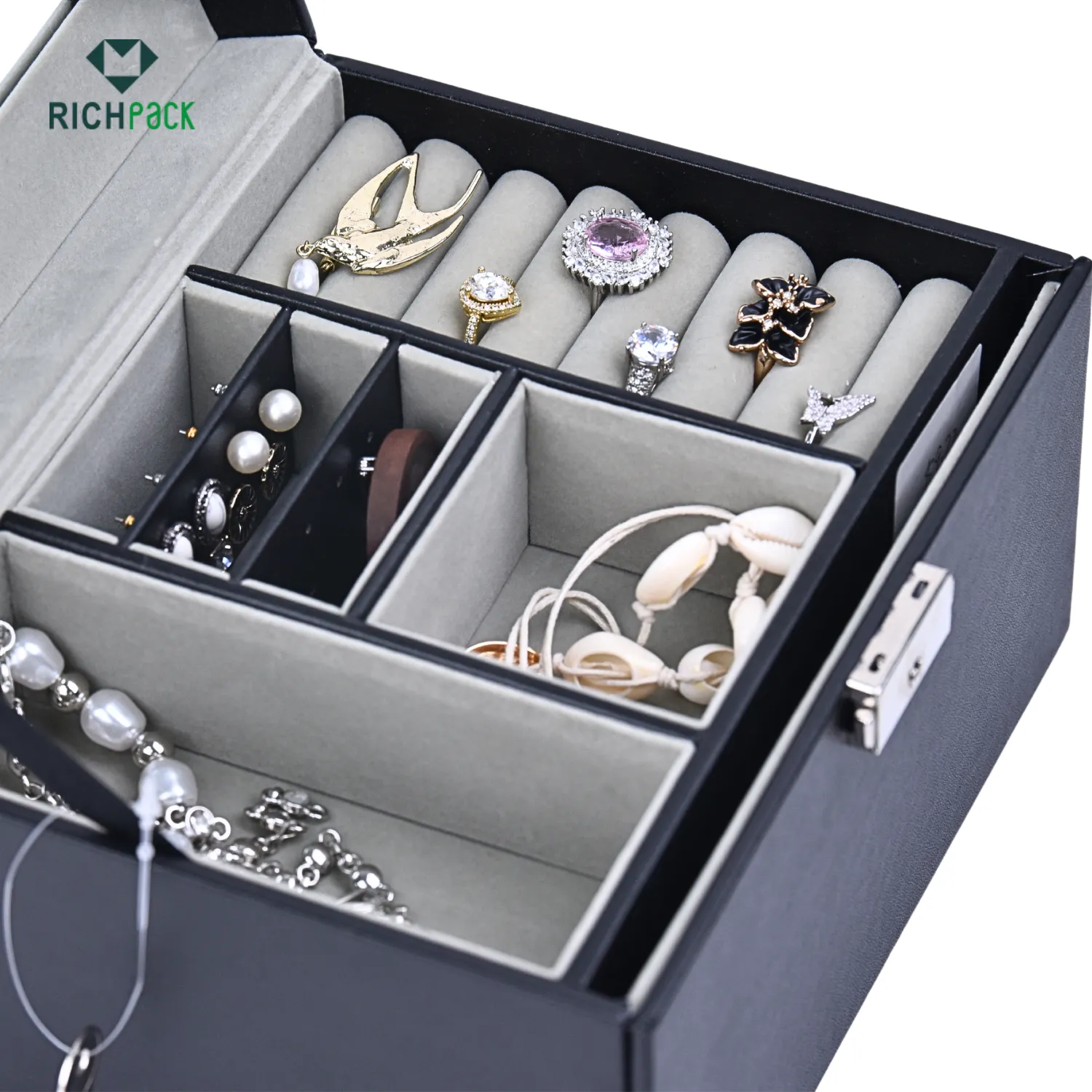
Bespoke Personalized Jewelry Storage Solutions with Custom Inserts | Tailored Storage for Jewelry Merchants Needing Unique and Branded Displays
View More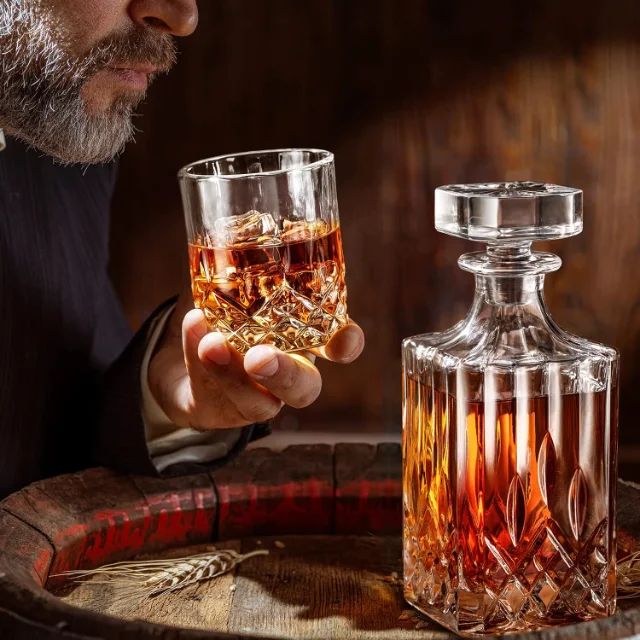
Custom Glass Gift Boxes with Protective Inserts | Elegant Packaging for Wine Glasses, Whiskey Sets More Bulk Order Options at Richpack
View MoreJust submit your email to get exclusive offers (reply within 12 hours)